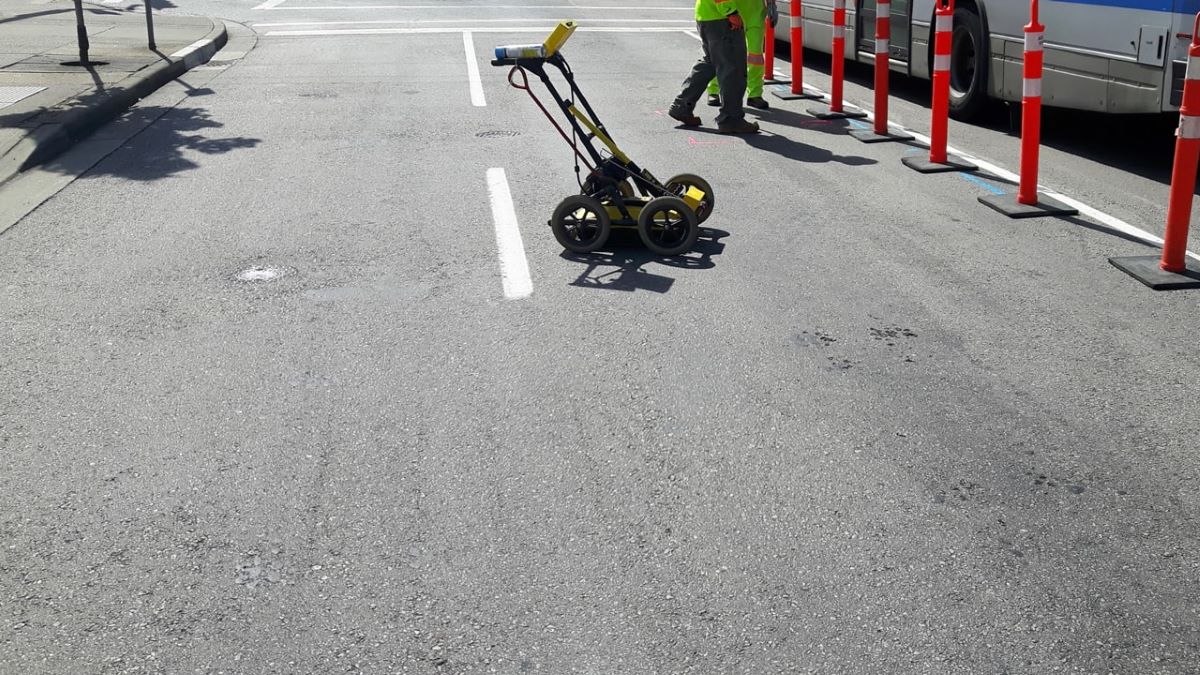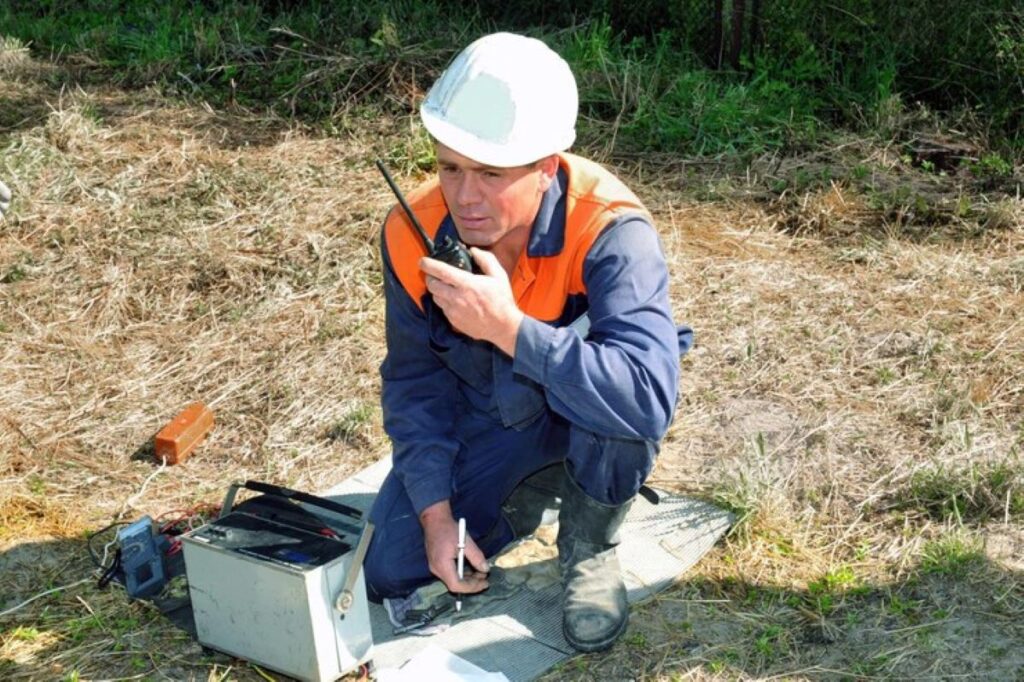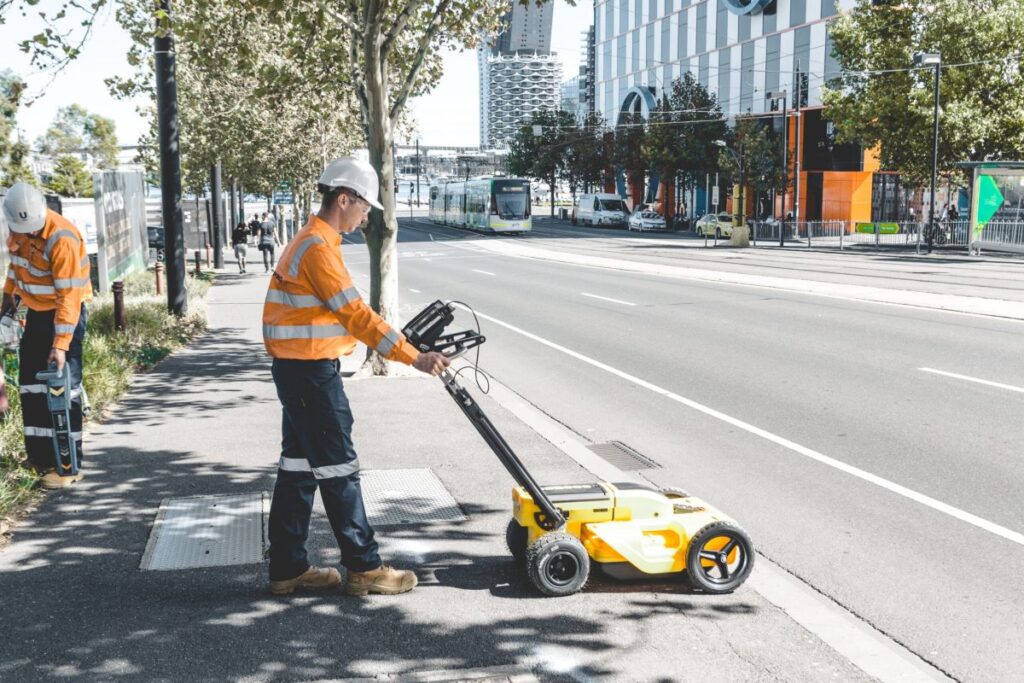
How Pipe Location Services Protect Underground Infrastructure
This article delves into the significance of underground infrastructure, the role of pipe location services, their benefits in infrastructure protection, the challenges faced, and what the future holds for this valuable service.
Understanding Underground Infrastructure
Underground infrastructure refers to the various systems and pipelines located beneath the surface, which support urban life and economic activities. These include water pipelines, sewage systems, electrical conduits, and telecommunications cables. The complexity of these networks demands meticulous planning and maintenance, as they are intricately intertwined, often leading to challenges in management and infrastructure development. The hidden nature of these systems means that they are often overlooked until a problem arises, highlighting the importance of regular inspections and upgrades to ensure their longevity and reliability.
Underground infrastructure plays a crucial role in modern society, facilitating essential services such as water supply, wastewater management, and telecommunications. However, due to its concealed nature, this infrastructure is often vulnerable to damage. Pipe location services have emerged as an essential component in protecting these underground networks.
The Importance of Underground Infrastructure
The significance of underground infrastructure cannot be understated. It ensures the delivery of critical services that sustain everyday life and economic progress. For instance, water supply systems are essential for residential and industrial use, while sewage systems play a key role in public health by managing waste. Moreover, telecommunications infrastructure underpins the connectivity required in a digital age, facilitating everything from emergency services to commercial transactions. The seamless operation of these systems is particularly crucial in densely populated urban areas, where any disruption can lead to significant economic losses and public safety concerns.
In essence, the efficiency and reliability of these systems directly impact the quality of life and overall functionality of urban environments. Disruptions in these services—which can occur due to construction activities, natural disasters, or lack of maintenance—can have dire consequences, thereby emphasizing the need for proactive measures in their management. Furthermore, as cities continue to grow and evolve, the integration of smart technologies into underground infrastructure is becoming increasingly important. These advancements can enhance monitoring capabilities, optimize resource distribution, and improve response times during emergencies, ultimately leading to more resilient urban ecosystems.
Common Types of Underground Infrastructure
Various types of underground infrastructure exist, each serving a distinct purpose. The most common types include:
- Water Pipelines: Essential for transporting drinking water to homes and businesses.
- Sewage Systems: Responsible for the removal and treatment of wastewater.
- Electric and Gas Lines: Provide energy necessary for heating and powering buildings.
- Telecommunications Cables: Facilitate internet, phone, and cable television services.
Each of these infrastructures poses unique challenges regarding maintenance and safety, underscoring the need for precise identification and mapping to prevent accidental damage. For example, the installation of new infrastructure often requires extensive excavation, which can inadvertently disrupt existing systems. This risk highlights the importance of employing advanced technologies such as ground-penetrating radar and geographic information systems (GIS) to accurately locate and assess underground utilities before any construction begins. Additionally, as climate change poses new threats, the resilience of these systems must be evaluated, prompting discussions about retrofitting and upgrading existing infrastructure to withstand extreme weather events and other environmental challenges.
The Role of Pipe Location Services
Pipe location services are specialized techniques employed to identify the precise location of underground pipelines and utilities. These services are instrumental in informing construction projects, maintenance operations, and urban development planning. In the absence of accurate data, the risk of accidentally damaging existing utilities during excavation or construction increases significantly. Such incidents not only lead to costly repairs but can also pose serious safety hazards, including gas leaks or water main breaks, which can disrupt local communities and services.

The Science Behind Pipe Location
The science of pipe location draws on various technologies and methods to map and locate underground infrastructure accurately. Techniques such as electromagnetic locating, ground-penetrating radar (GPR), and sonar imaging are commonly used. Each method relies on different principles to detect underground objects and can be selected based on the conditions and requirements of the site in question.
For instance, electromagnetic locating utilizes electromagnetic fields to detect metallic pipelines by measuring the changes in the field caused by the pipeline. Meanwhile, GPR uses radar pulses to image the subsurface, providing detailed information about the dimensions and depth of buried utilities. Such technologies enable operators to create comprehensive maps of underground infrastructure, ensuring a safer working environment. The integration of these technologies not only enhances the accuracy of locating utilities but also allows for real-time data collection, which is crucial for dynamic construction environments where conditions can change rapidly.
Different Techniques Used in Pipe Location
Several techniques are employed in pipe location services, each with its strengths and weaknesses. Among the most common are:
- Electromagnetic Locating: Effective for finding metal pipes and cables through electromagnetic fields.
- Ground-Penetrating Radar (GPR): Offers non-destructive imaging of subsurface structures, suitable for various soil types.
- Acoustic Listening Devices: Used for locating leaks in pressurized systems by detecting sound waves.
- Hydrostatic Testing: Involves filling a pipe with water to identify leaks based on pressure changes.
Each technique can enhance the quality of data obtained and ensure better decision-making for the safety and efficiency of construction and maintenance efforts. Furthermore, advancements in technology have led to the development of hybrid systems that combine multiple techniques, allowing for a more comprehensive analysis of underground utilities. For example, using GPR in conjunction with electromagnetic locating can provide a clearer picture of both metallic and non-metallic pipes, thereby reducing the likelihood of oversight. As urban areas continue to grow and evolve, the importance of these services becomes increasingly critical in maintaining the integrity of essential infrastructure.

The Connection Between Pipe Location Services and Infrastructure Protection
There is a direct and significant connection between effective pipe location services and the protection of underground infrastructure. By accurately mapping utility locations, these services help mitigate risks associated with accidental damage during construction or excavation activities.
Preventing Damage to Infrastructure
Preventing damage to underground infrastructure not only protects critical services but also saves costs associated with repairs and downtime. Accurate pipe location can avert construction-related incidents that often arise from unplanned excavation, which may lead to service interruptions, potential hazards, and legal liabilities.
Moreover, the implementation of pipe location technologies reduces the chances of environmental pollution due to ruptured pipelines and enhances overall site safety. Public awareness campaigns emphasizing the importance of utilizing pipe location services have also gained popularity, advocating for a more cautious approach to ground disturbance activities.
Enhancing Efficiency and Safety
Pipe location services significantly enhance the efficiency of construction and maintenance operations. With precise mapping of utilities, project teams can plan their activities better, reduce delays, and optimize resource allocation. This efficiency translates not only to cost savings but also to timely project completion.
In terms of safety, clear knowledge of underground infrastructure minimizes risks for workers in the field. Precise location data allows for safer excavation practices, reducing the risk of injuries or fatalities resulting from accidental strikes on high-energy lines or pressurized pipelines.
Challenges in Pipe Location and Infrastructure Protection
Despite the advancements in pipe location technologies and services, various challenges persist that can hinder effective infrastructure protection. These challenges range from technological limitations to environmental factors that complicate locating efforts.
Technological Limitations
While technologies such as GPR and electromagnetic locating tools represent significant achievements in the field, they are not without limitations. For instance, GPR can be less effective in rocky or densely populated sub-surfaces where multiple layers of utilities exist. Similarly, electromagnetic locating mainly applies to metallic lines, posing challenges in identifying non-metallic pipes.
Additionally, the need for skilled operators who can interpret the data collected from these technologies is crucial. Lack of training can lead to misinterpretations, which may result in inadequate planning and increased risks during construction.
Environmental Factors
Environmental factors also play a critical role in the effectiveness of pipe location services. Ground conditions, such as soil type, moisture content, and even seasonal changes, can impact the accuracy of locating techniques. For instance, wet soil can interfere with electromagnetic signals, complicating the identification of pipes. Click here to get more about the importance of a utility locator in excavation projects.
Furthermore, the presence of vegetation and other surface structures can obscure the ability to locate underground utilities. Understanding these environmental challenges is essential for developing strategies that can mitigate their impact on pipe location accuracy.
The Future of Pipe Location Services
Looking forward, the future of pipe location services appears promising, with continued advancements in technology and greater integration into urban planning processes. Innovations are set to enhance the accuracy, efficiency, and accessibility of pipe location services, contributing to better infrastructure protection.
Innovations in Pipe Location Technology
Emerging technologies such as machine learning, artificial intelligence, and drones are poised to revolutionize the pipe location industry. Machine learning algorithms can analyze large datasets to predict potential problem areas and help in prioritizing maintenance tasks. Similarly, drones equipped with imaging technology can cover extensive areas quickly, providing rapid assessments of underground infrastructure.
These innovations can lead to more dynamic and responsive approaches to infrastructure management, including predictive maintenance strategies that reduce the risk of sudden failures or unplanned interruptions.

The Impact of Policy and Regulation on Pipe Location Services
As the importance of underground infrastructure grows, so too does the need for robust regulatory frameworks to ensure effective pipe location services. Policies that mandate the use of pipe location services before excavation projects can significantly decrease the risks associated with structural damage and hazards.
Moreover, engaging with industry stakeholders to create collaborative networks can lead to improved information sharing and data accuracy. Regulatory bodies may also play a key role in establishing best practices and standards that enhance the reliability of underground infrastructure protection.
In conclusion, pipe location services are integral to protecting underground infrastructure, ensuring the safety and functionality of essential services. By embracing technological advancements and fostering a culture of awareness and regulation, communities can effectively safeguard the backbone of urban life.
